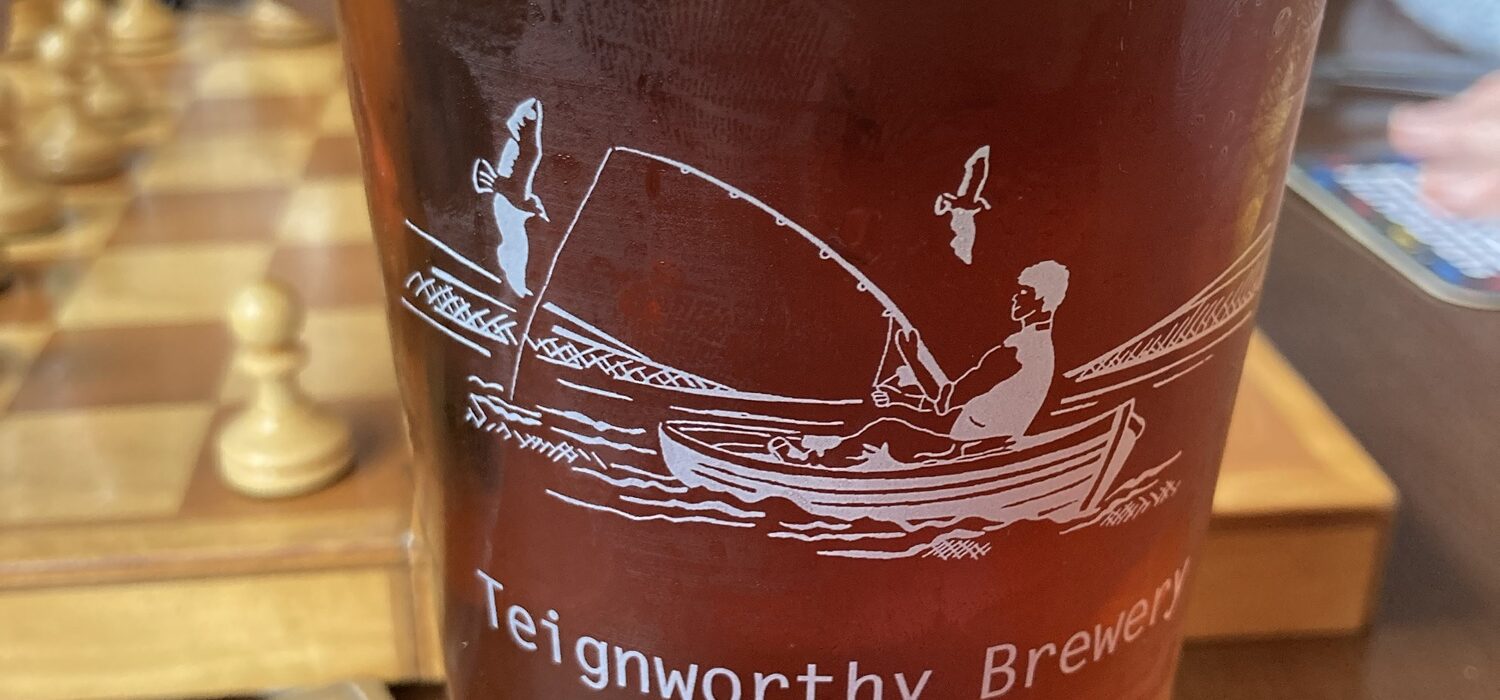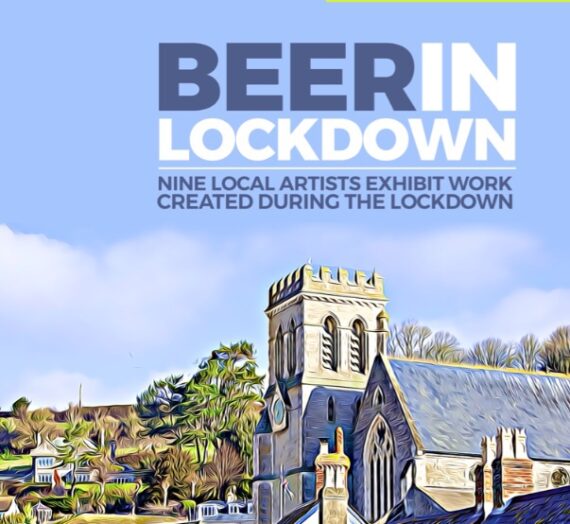Educating for a Healthier Perspective
Alcohol is a prevalent part of many cultures worldwide. While it’s commonly associated with social gatherings and celebrations, it’s also linked to a myriad of health issues, especially when consumption starts at an early age. Parents and guardians often grapple with how to approach the topic of alcohol with their children. The key for me lies in striking a balance between cautioning against the dangers of alcohol and fostering a healthy appreciation for its more refined aspects.
(This post has an Affiliate link added to it where I may be rewarded for sharing, please see my Disclosure page for more details)
The Concerns of Early Alcohol Exposure
The foremost concern with children and alcohol is the risk of developing unhealthy drinking habits. Studies show that early exposure to alcohol significantly increases the likelihood of alcohol dependence in later life. The developing brain of a child or teenager is particularly susceptible to the negative effects of alcohol, which can impair cognitive functions, affect emotional regulation, and increase the risk of addiction.
(National Institute on Alcohol Abuse and Alcoholism (NIAAA): The NIAAA has conducted extensive research on the impact of early alcohol use. One of their reports indicates that individuals who begin drinking before the age of 15 are four times more likely to develop alcohol dependence compared to those who start drinking at 21 or older. This report discusses how early alcohol exposure can disrupt brain development, particularly in areas related to decision-making and impulse control.)
Early drinking is also associated with a host of social and health problems, including poor academic performance, risky behaviors, and mental health issues like depression and anxiety. Therefore, it’s crucial for parents , family members, guardians and and those connected in a Elder way to communicate the potential dangers of alcohol clearly and effectively before the alcohol becomes a problem.
(Spear, L. P. (2002): In the study “The adolescent brain and the college drinker: biological basis of propensity to use and misuse alcohol” published in the Journal of Studies on Alcohol and Drugs, Spear discusses how the adolescent brain is particularly vulnerable to the effects of alcohol, with potential long-term consequences for cognitive and emotional functioning.)
(This post has an Affiliate link added to it where I may be rewarded for sharing, please see my Disclosure page for more details)
Educating About the Negative Aspects
To safeguard children from the perils of early alcohol use, education should start at home. We as Parents (and this including the above) in need to:
- Communicate Openly: Create a safe environment where children feel comfortable discussing alcohol. Explain the risks associated with drinking, such as addiction, impaired judgment, and health problems.
- Lead by Example: Children often mimic adult behaviors. Demonstrating responsible drinking habits can set a positive example.
- Highlight Consequences: Use real-life examples and media stories to illustrate the negative consequences of alcohol abuse.
- Encourage Critical Thinking: Teach children to make informed decisions by discussing how peer pressure can influence drinking and ways to resist it.
Introducing the Positive Aspects of Alcohol
While it’s important to emphasize the dangers, it’s equally beneficial to educate older teens about the more positive, cultural, and sophisticated aspects of alcohol. This approach can help demystify alcohol and reduce its allure as a forbidden fruit. Here’s a few ideas how to do it:
- Cultural Appreciation: Explain the historical and cultural significance of alcohol in various societies. Discuss how different cultures incorporate alcohol into their traditions responsibly.
- Brewing Techniques: Teach about the craft of brewing and winemaking. Understanding the effort and skill that goes into producing quality beverages can foster an appreciation for alcohol as more than just a means to get drunk.
- Tasting and Pairing: Educate about the art of tasting and pairing alcohol with food. This can promote a more sophisticated and moderated approach to drinking.
- Health Benefits: When appropriate, discuss the potential health benefits of moderate alcohol consumption, such as the antioxidants found in red wine. Stress the importance of moderation and the distinction between responsible consumption and abuse.
A Balanced Perspective for a Healthier Relationship with Alcohol
By combining education about the risks with an appreciation for the cultural and refined aspects of alcohol, we can help our children develop a healthier relationship with drinking. This approach can reduce the allure of binge drinking and promote more responsible consumption habits.
The goal is to shift the perspective from drinking to get drunk to appreciating the craftsmanship and traditions behind alcohol. This balanced approach can mitigate the risks of alcohol dependence and encourage a more thoughtful and moderated approach to drinking.
Addressing the topic of alcohol with children is a delicate but essential task. By educating them about both the dangers and the refined aspects of alcohol, we can help them develop a balanced and healthy relationship with drinking. This dual approach not only reduces the risk of alcohol abuse but also fosters a deeper appreciation for the cultural and artisanal elements of alcohol, leading hopefully to more informed and responsible choices in the future.
What do you think?, I believe education from a young age will help to curb young people drinking to excess and guiding them about the historical and the creating of these drinks, am I barking up the wrong tree?






